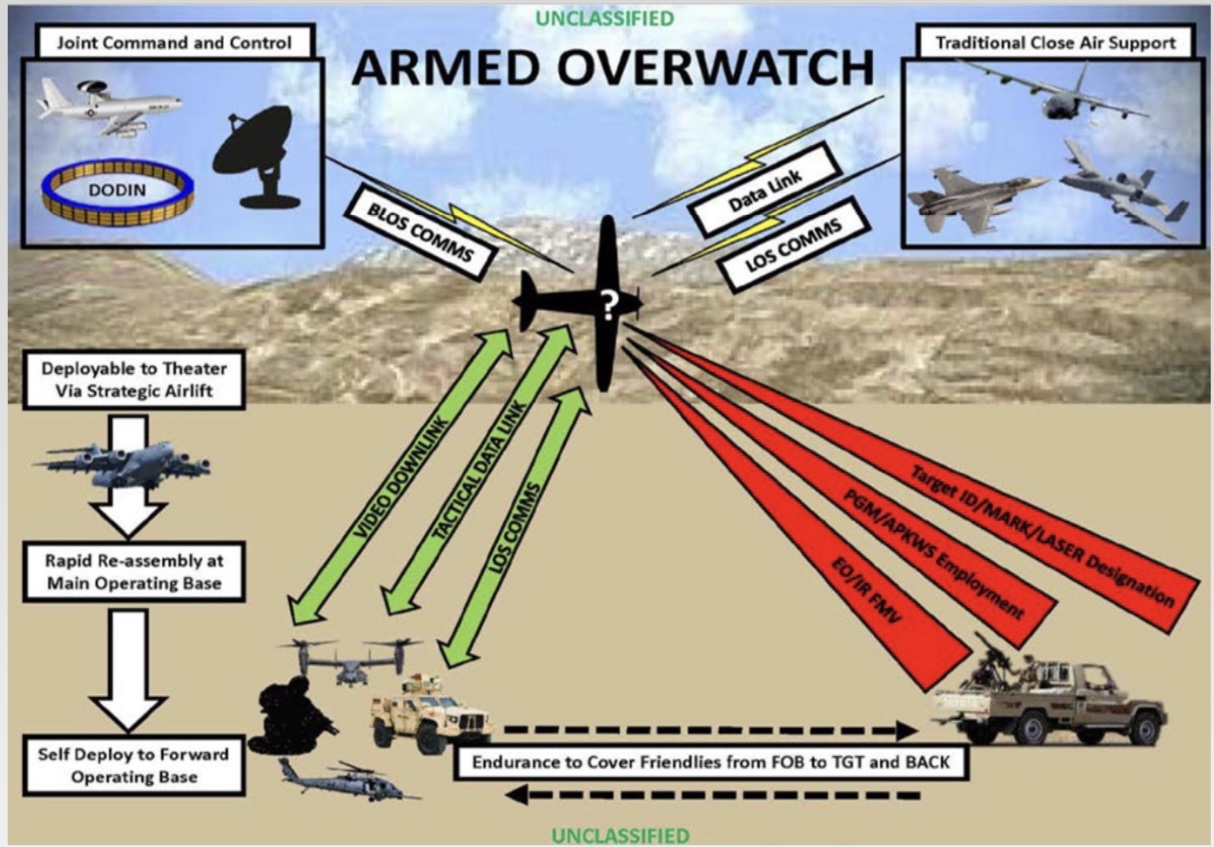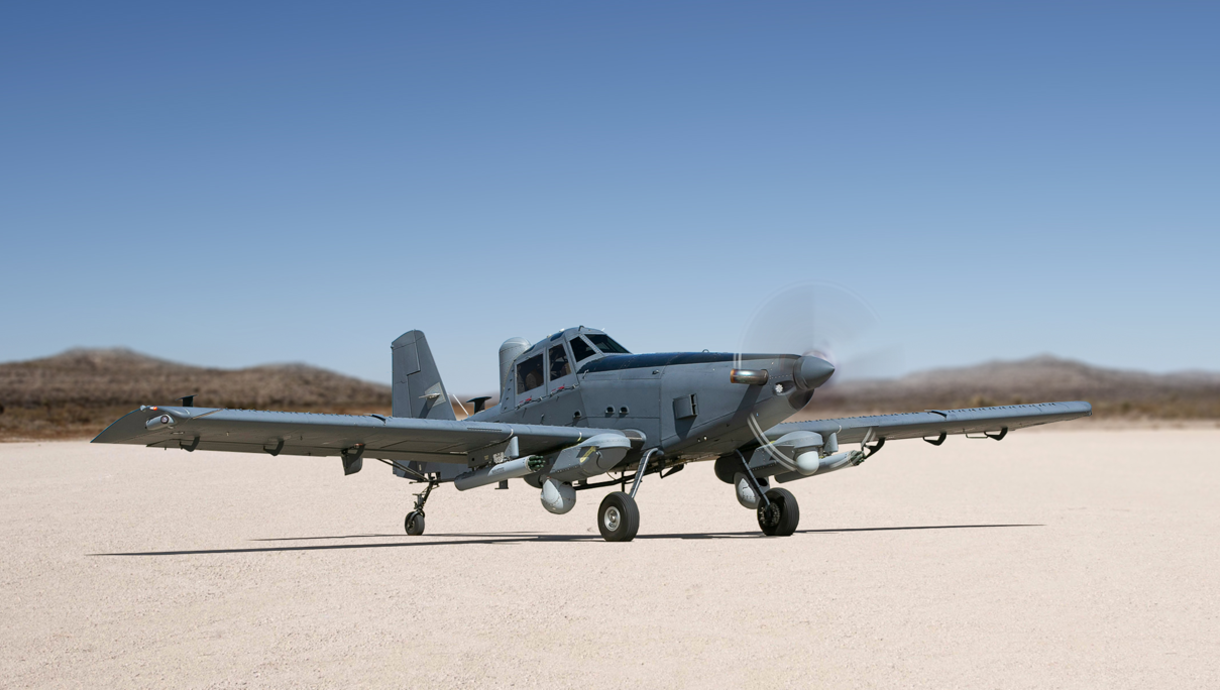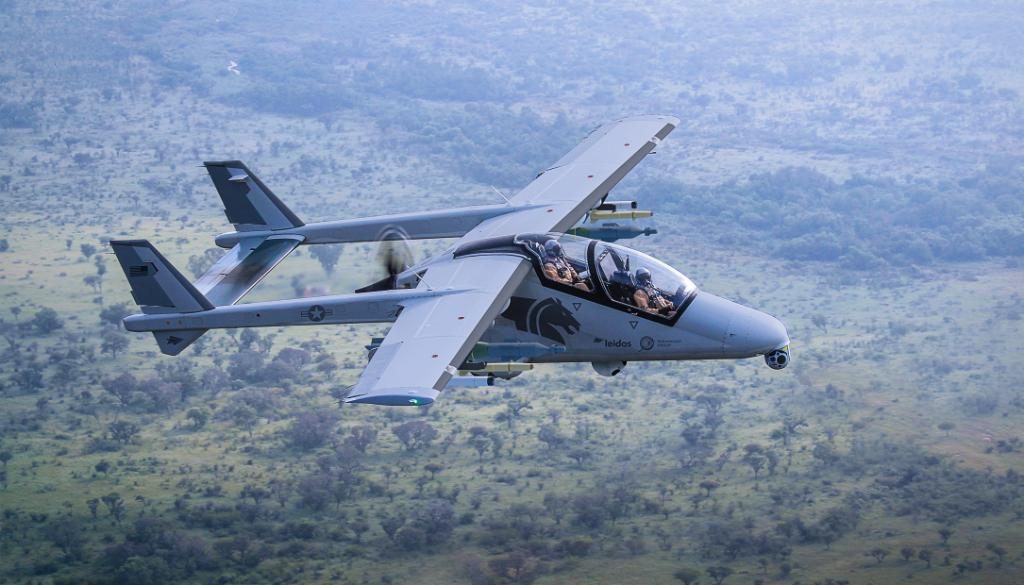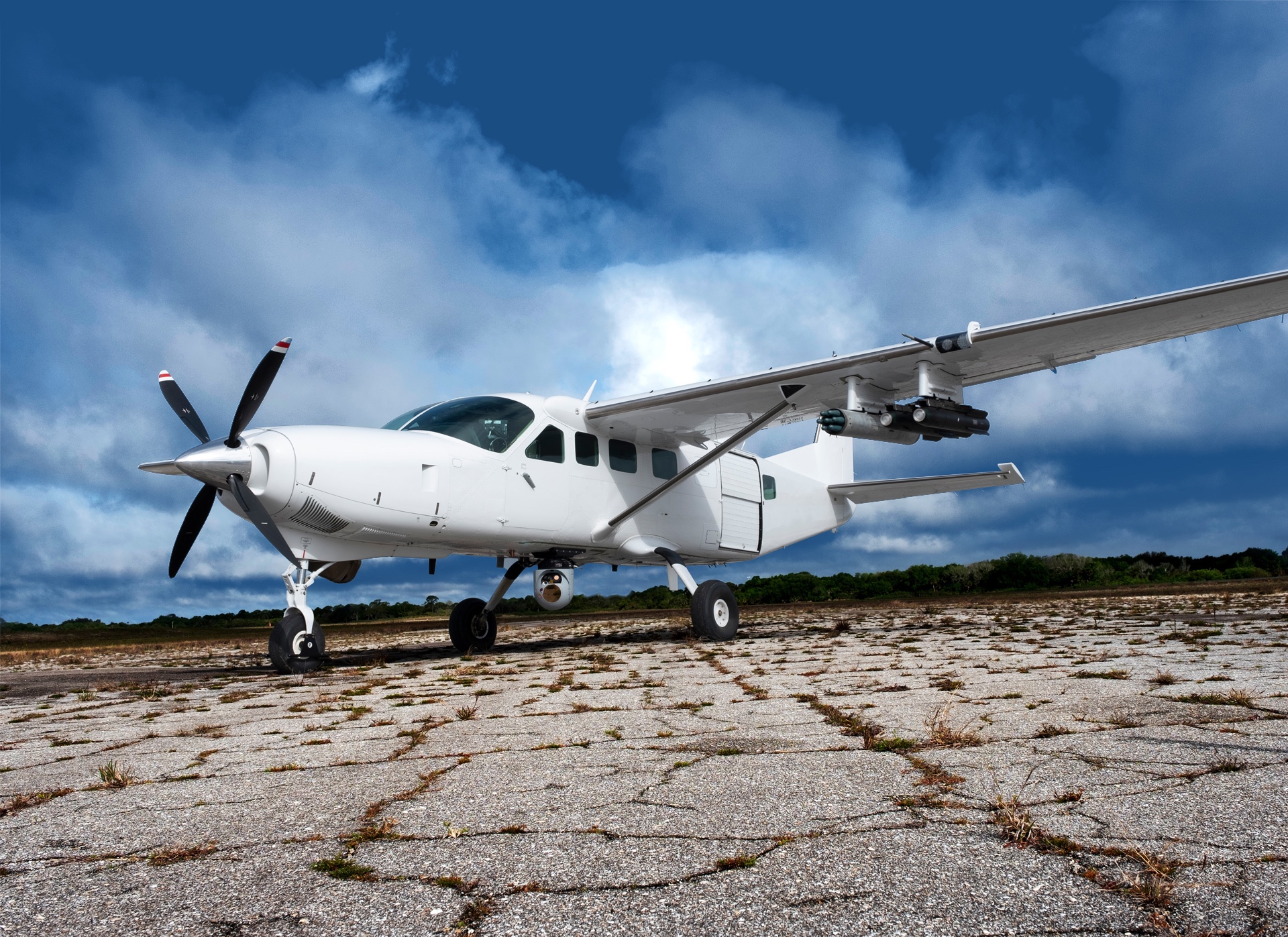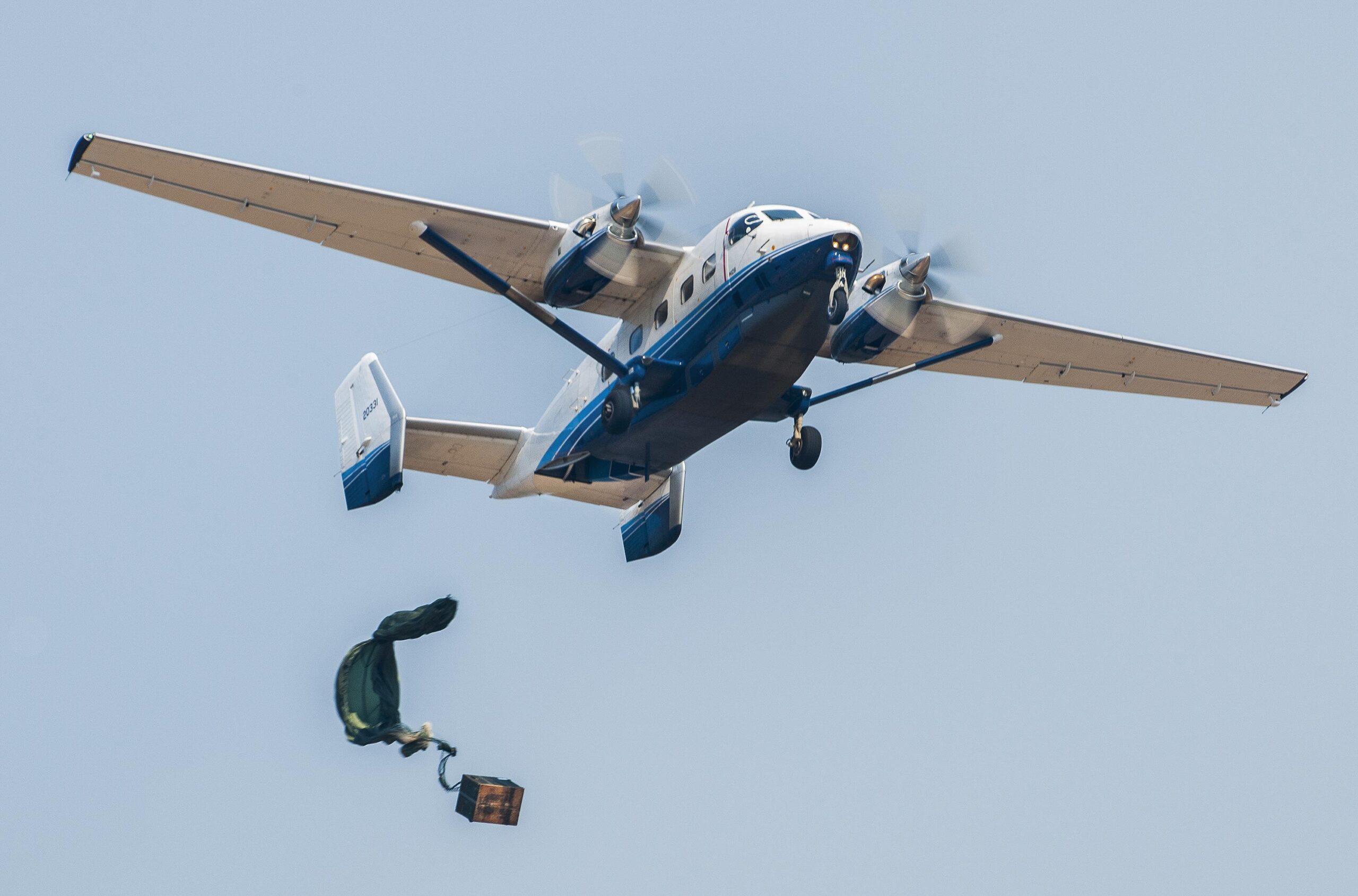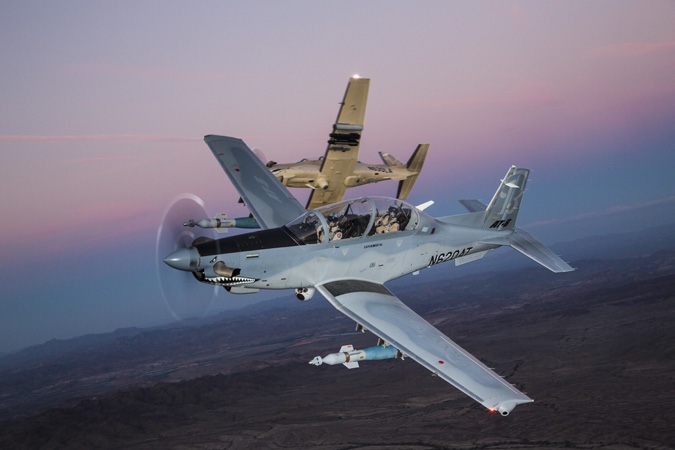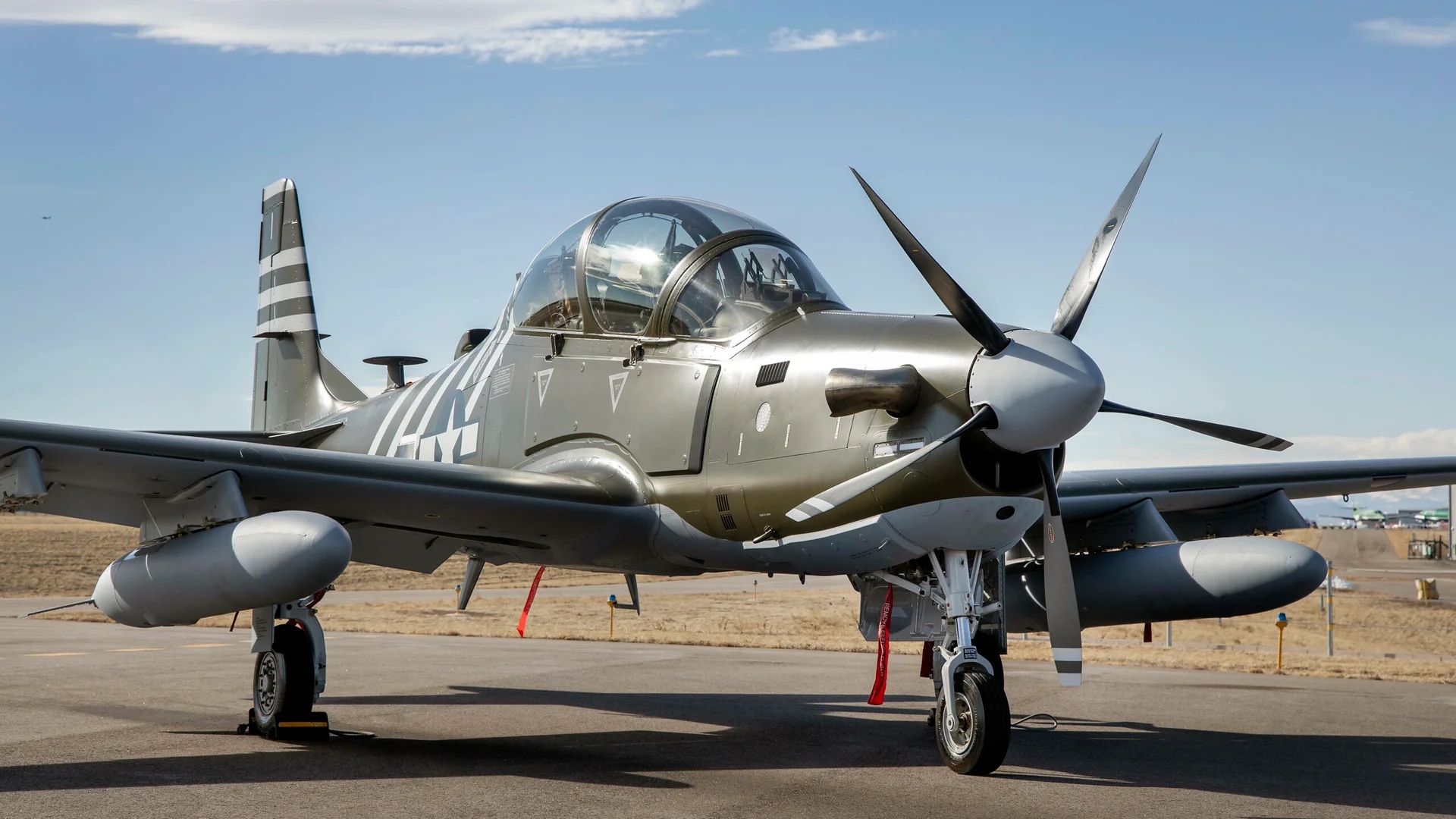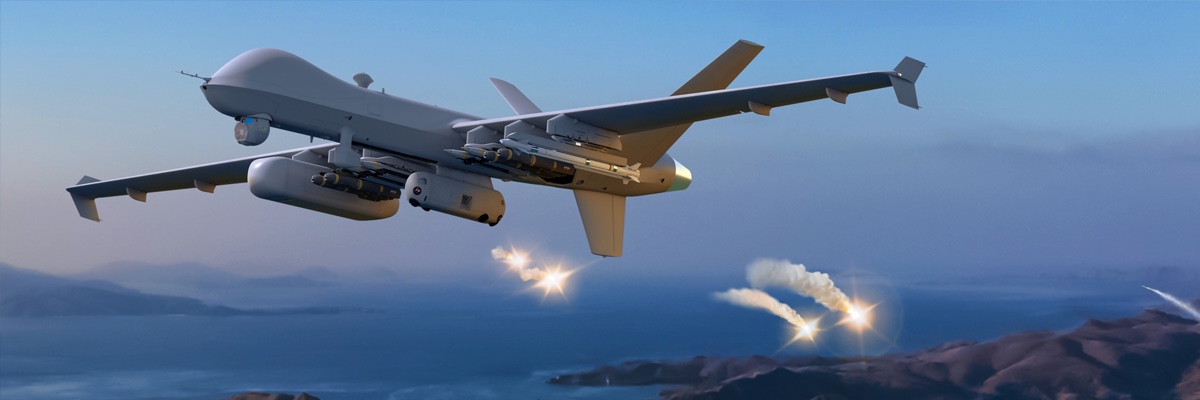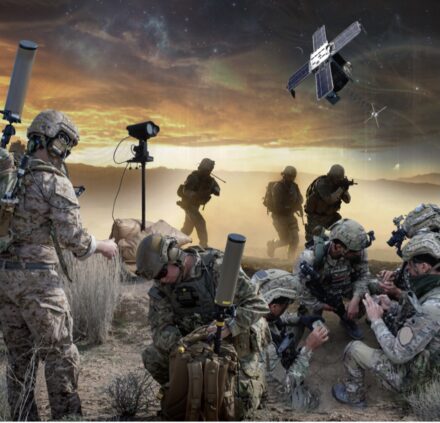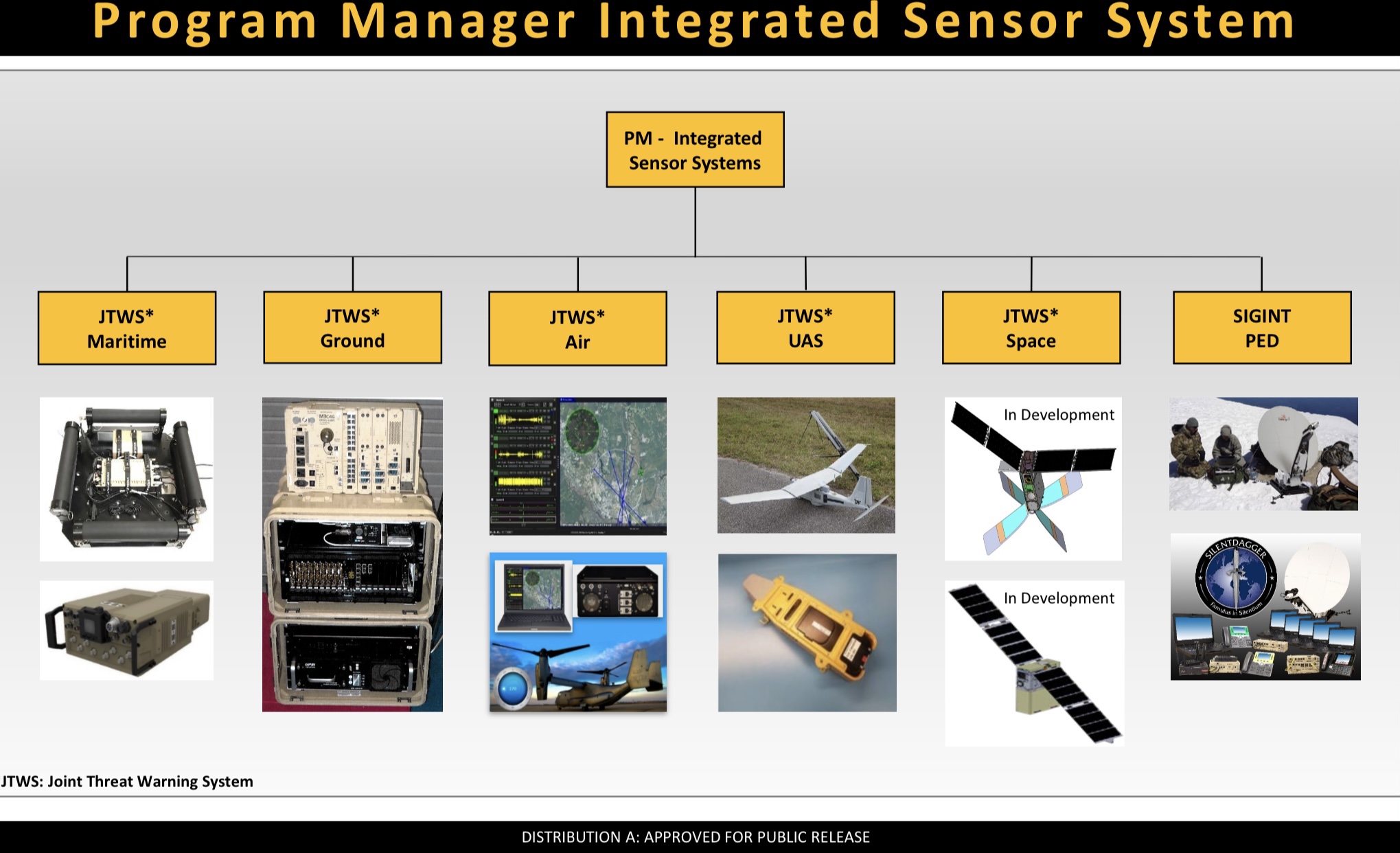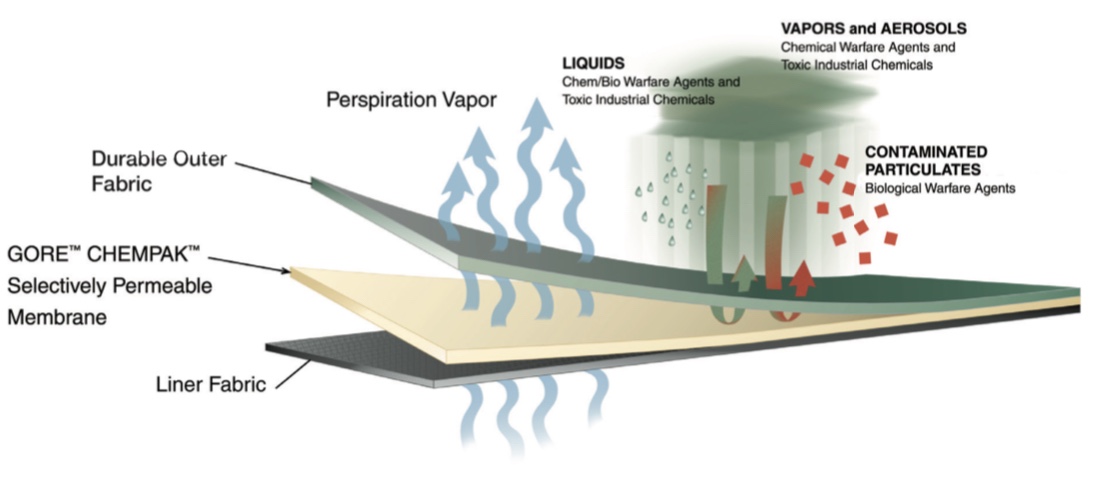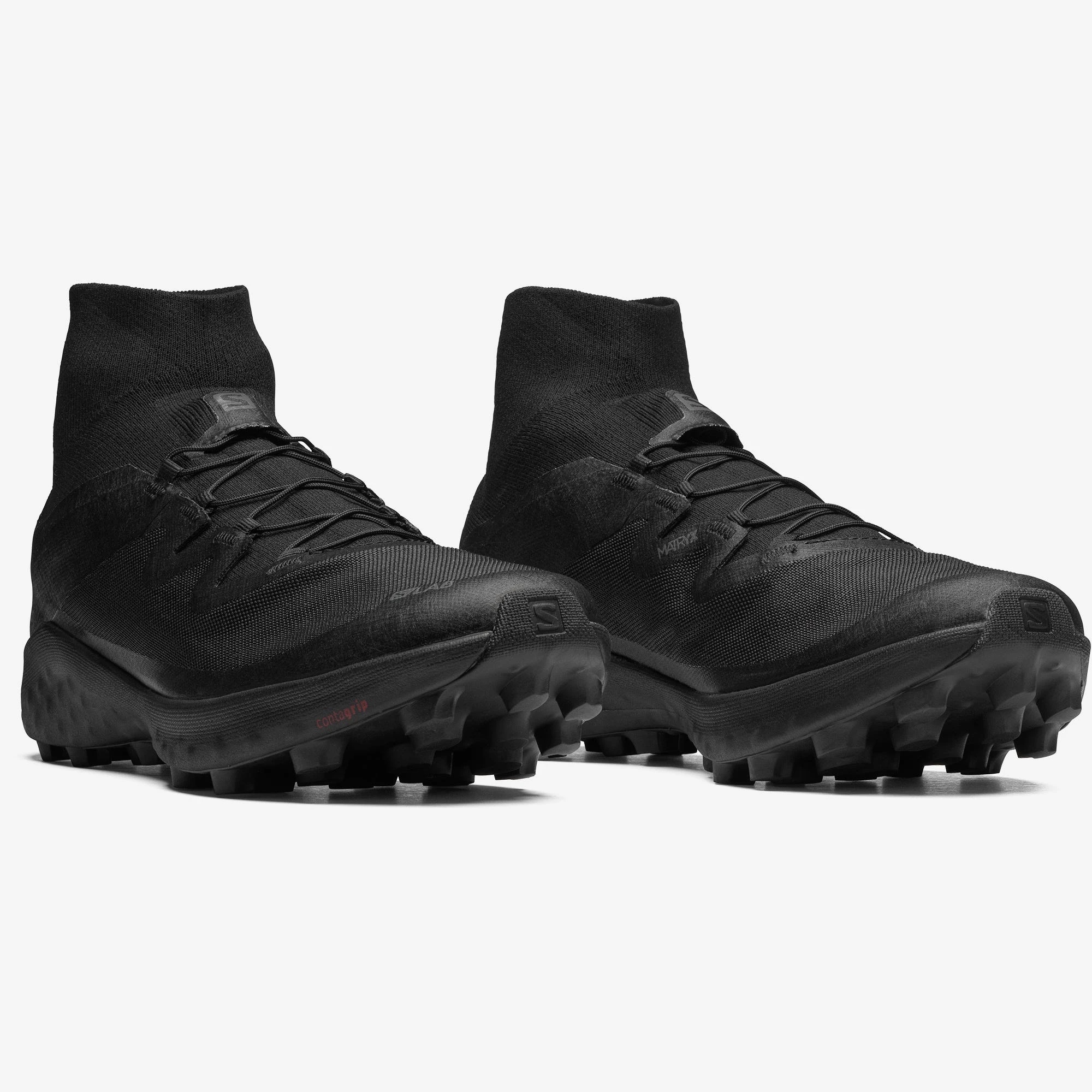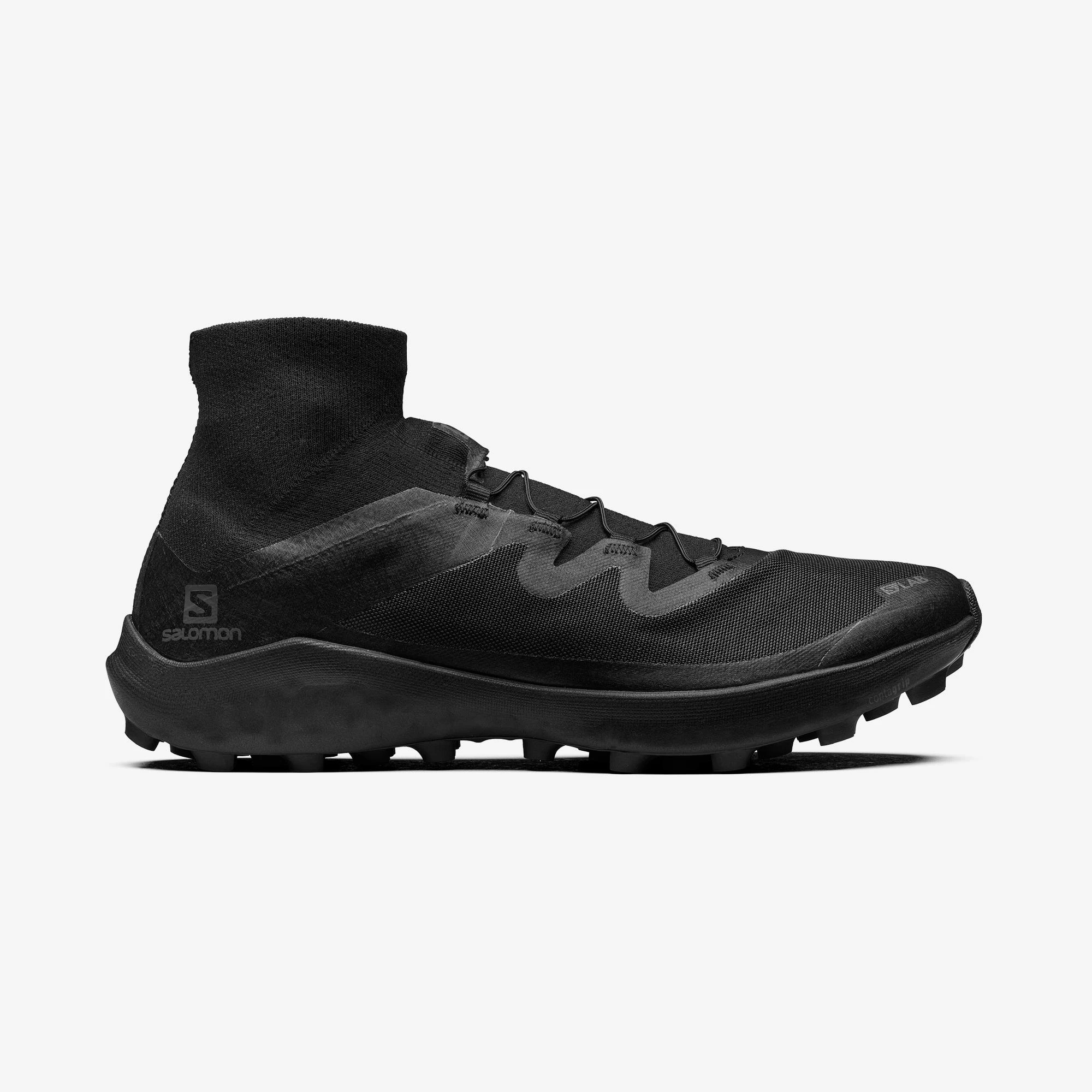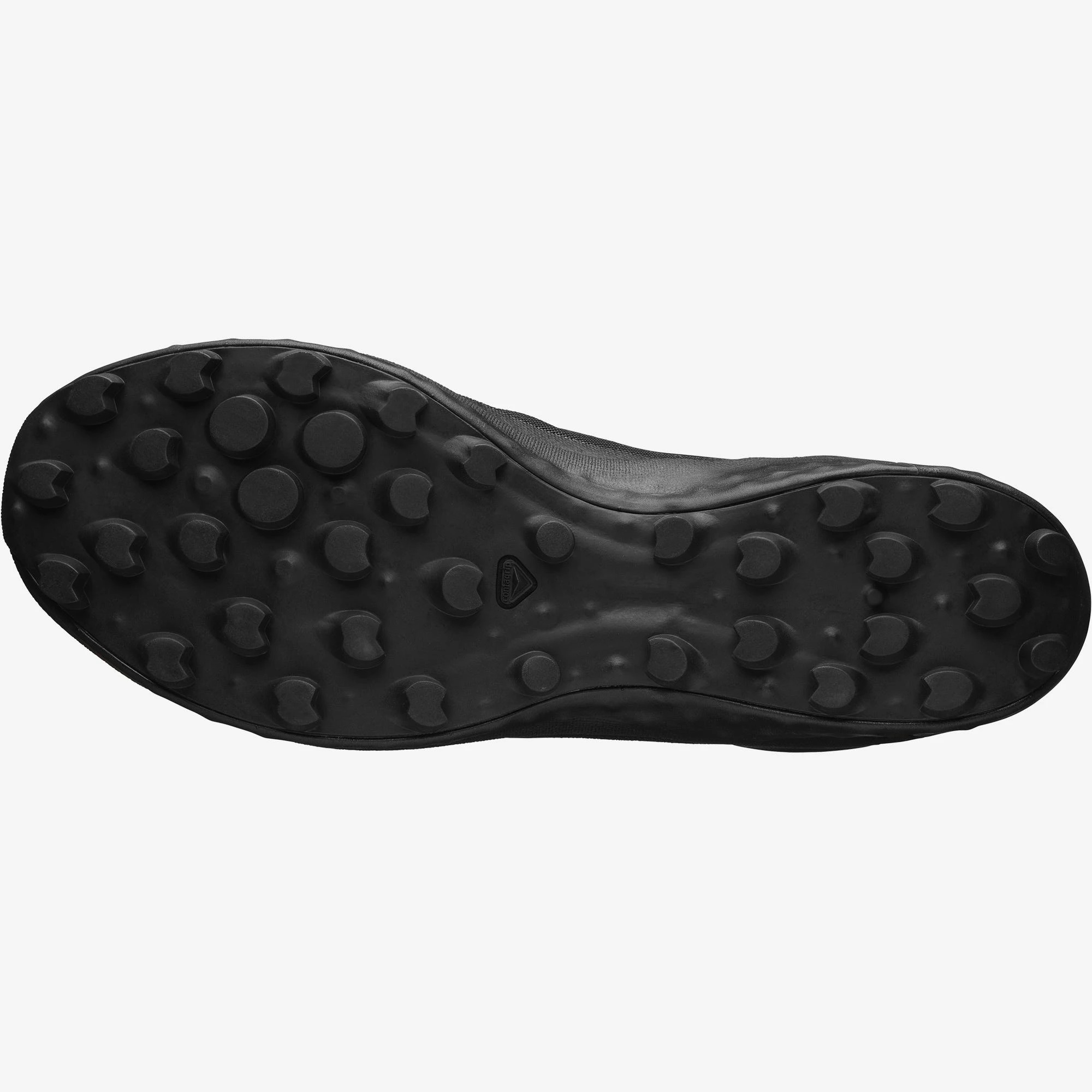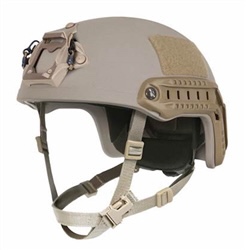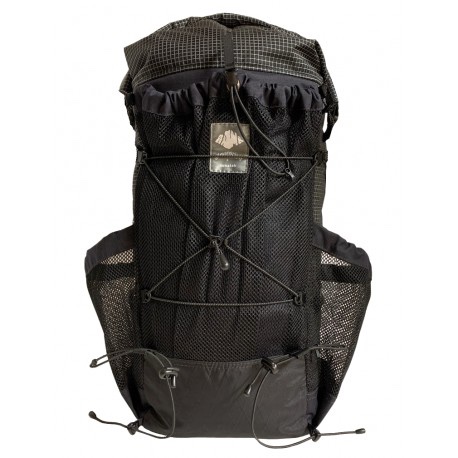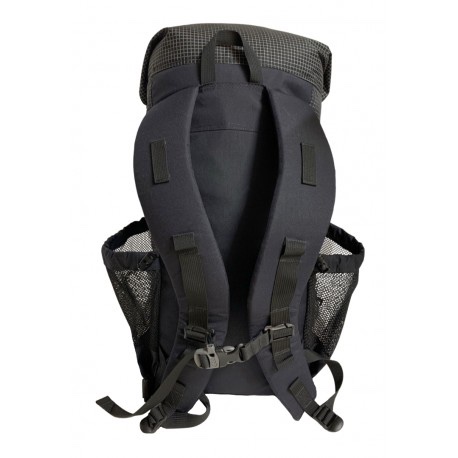NATICK, Mass. – For the Arctic Soldier, thermal toughness is essential for operating and training in the coldest conditions. Scientists from the U.S. Army Research Institute of Environmental Medicine are developing solutions to make this ability a reality.
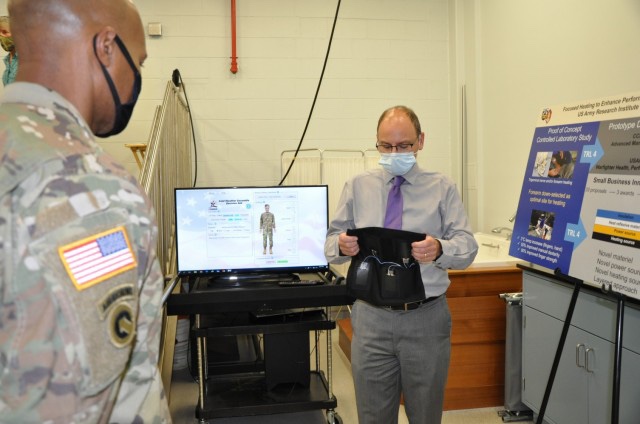
These innovations could not come sooner. The increasing accessibility of the Arctic has led to the U.S. Army focusing on rebuilding its ability to operate in extreme cold-weather conditions. This spring, the Army released its Arctic Strategy, which lays out how the service can better position itself to operate in the region.
The strategy includes plans about establishing an operational two-star headquarters with specially trained and equipped units. The Army also has ongoing efforts to improve the quality of life for its Soldiers, civilians and families who live and work in the Arctic-region installations.
USARIEM’s cold research team has spent decades studying the effects of cold weather on warfighter health and performance. Dr. Karl Friedl and Dr. John Castellani have been key players in the field.
Friedl, USARIEM’s senior research scientist for Army physiology, has studied the limits of human performance in extreme environments, including the cold. He has even joined Arctic training exercises to learn first-hand what Arctic warfighters need to fight and win. Castellani, a research physiologist, has led USARIEM’s efforts in studying the causes, management and treatment of major cold injuries, including trench foot, frostbite and hypothermia.
Both scientists know better than anyone that “A man in the cold is not necessarily a cold man.” Yet, to get to that level, Soldiers need a high level of preparation and training, as well as every advantage the Army can provide.
Modern Guidance for Modern Warfighters
“A very critical part of the training is to learn the early signs of cold on the body and to understand how to be comfortably cold,” Friedl said. “The Soldier has to know when they can readily recover and when they are entering a physiological danger zone of cold exposure where they must take action immediately.”
Training in the Arctic is a formidable task. In cold conditions, a single mistake may be only minutes from disaster. A lost glove, an ignored cold foot, heavy sweating during exertion, or a snowmobile accident can result in a rapidly progressing injury without hope for a quick evacuation to warmer surroundings or even shelter from the freezing temperatures.
Castellani explained that freezing and non-freezing cold injuries are treatable when they’re caught early. When left untreated for too long, they can result in lifelong nerve damage, or worse, loss of appendages.
“We certainly know what causes these injuries,” Castellani said. “The next thing we need to do is to develop solutions and guidance to prevent them in the first place. Modernizing the Army’s medical guidance on cold injury prevention, Technical Bulletin Medical 508, is one of our most significant efforts.”
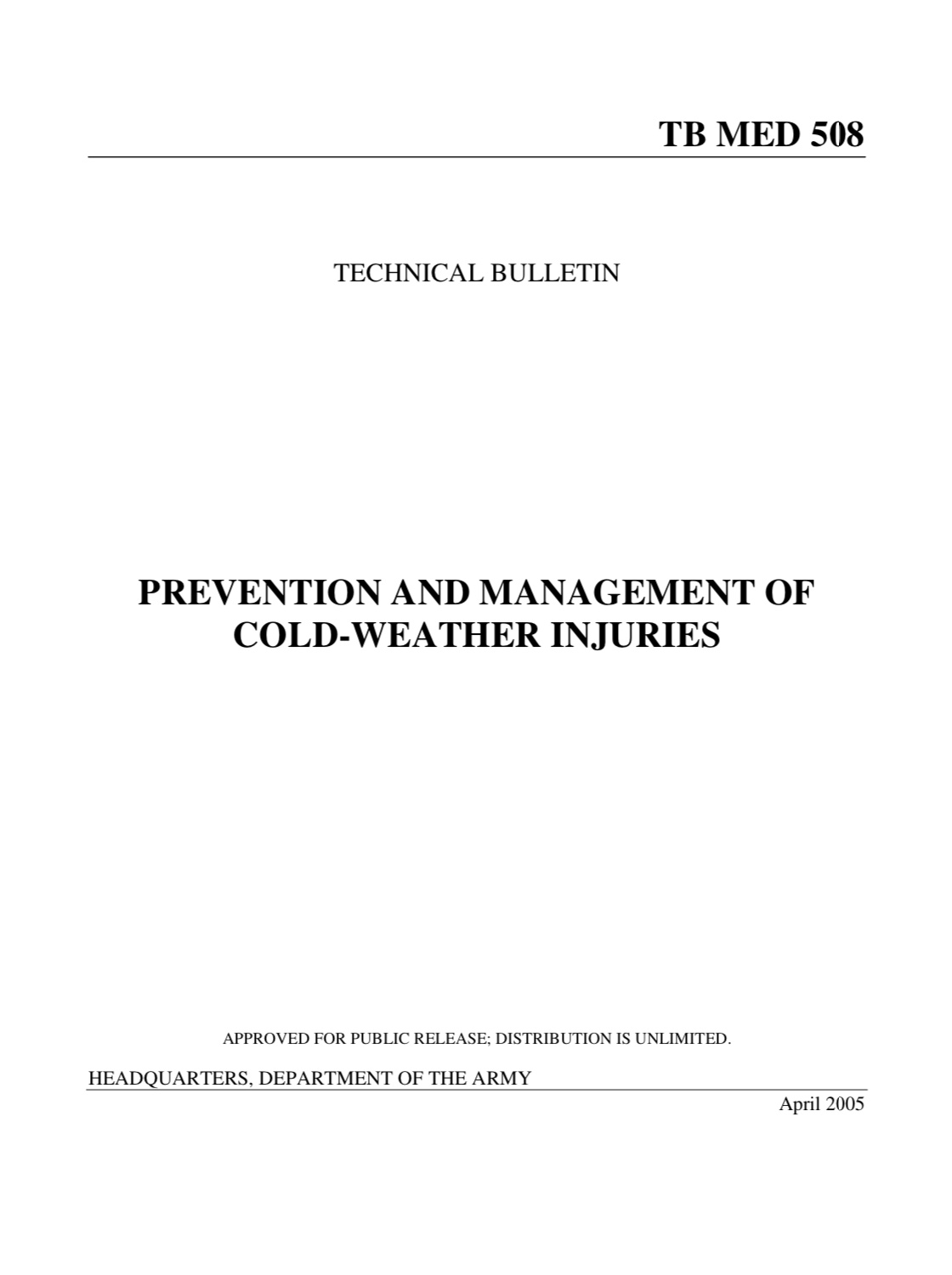
TB Med 508 gives military and civilian healthcare providers medical guidance for cold-weather conditions. This medical guidance is based on decades of USARIEM’s research on health and performance in cold weather. Some of the topics in TB Med 508 include information on how the body responds to the cold, how Soldiers should prepare when deploying to the Arctic and how to mitigate and treat different cold-weather injuries.
USARIEM published the most recent copy of TB Med 508 in 2005. Castellani’s team is now leading an effort to update this guidance in partnership with the Office of the Surgeon General, specially trained Army Arctic installations, and several military hospitals and training centers.
“This is going to be a significant update to the Army’s medical guidance on cold weather,” Castellani said. “We are particularly focused on the treatment sections. We are also adding new guidance derived from significant data findings on performance in cold, wet environments, like swamps and bogs.”
Friedl added that USARIEM also develops predictive models that will help the AI-enabled warfighter plan missions and mitigate injuries in cold or wet environments. These include solutions like the Cold Weather Ensemble Decision Aid, or CoWEDA, which prevents hypothermia and frostbite by predicting how long warfighters can endure the cold based upon their clothing, activity and environmental conditions. The CoWEDA was recently used by Soldiers in the 2021 Arctic Warrior Training Exercise.
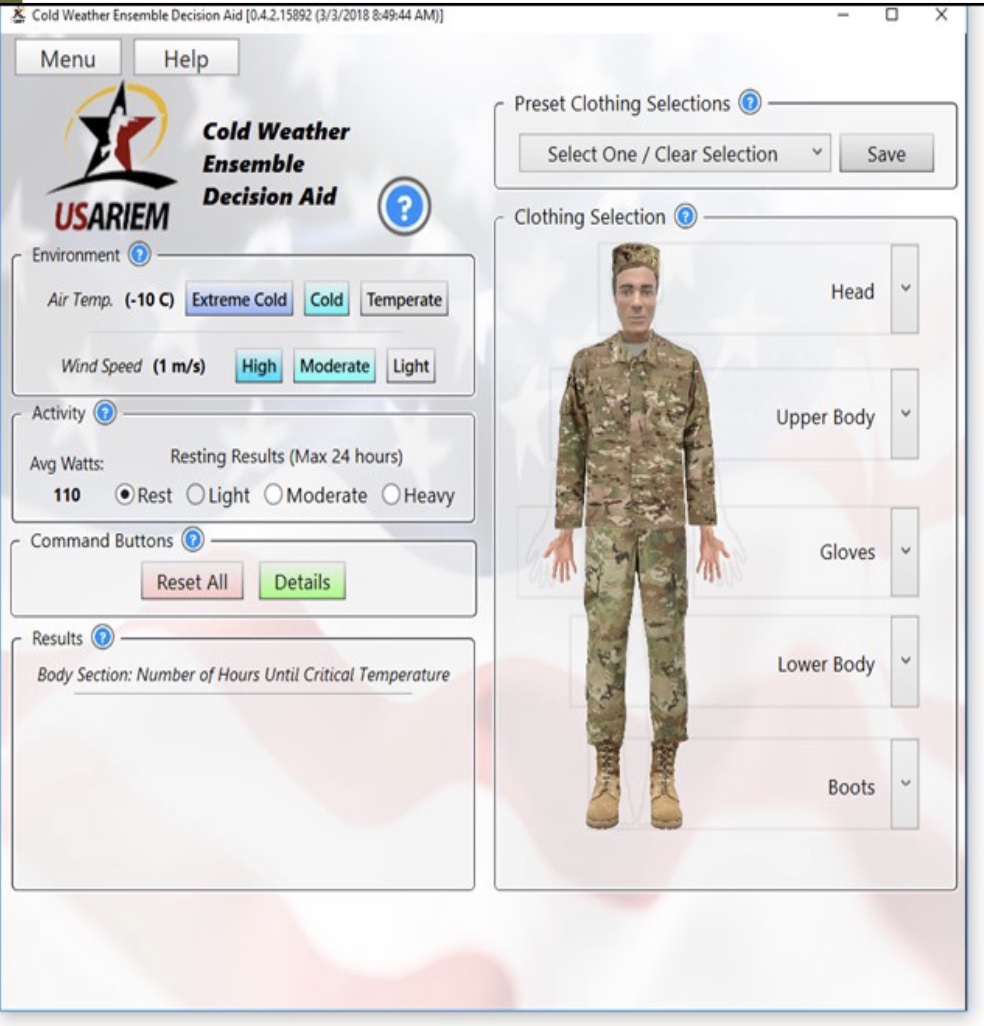
Another mission planning tool is the Probability of Survival Decision Aid, or PSDA, a computer program that predicts an individual’s survival time during water immersion by taking to account hypothermia and dehydration. The PSDA has been transitioned to the U.S. Coast Guard since 2010 and is implemented as a mandatory element to their Search and Rescue Operations. It has also been transitioned internationally to collaborative partners.
A Hands-On Approach
Improving cold-weather guidance is only part of the solution. According to Castellani, even the best equipment and guidance do not benefit Soldiers if they cannot use their hands and fingers in the field.
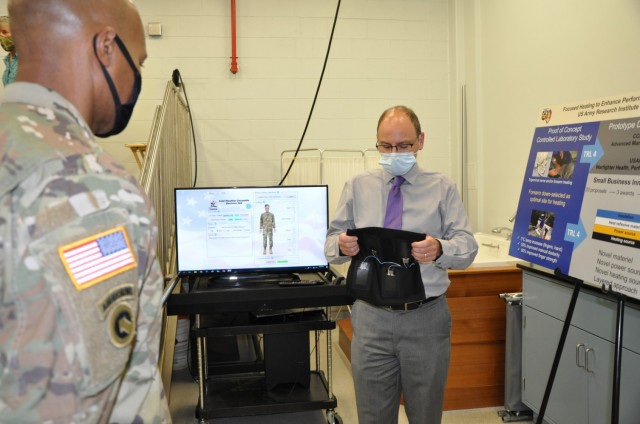
“The loss of hand dexterity can occur because the body’s natural reaction to more frigid temperatures is to decrease blood flow to the hands and feet,” Castellani said. “The body sends that blood to protect and warm the core, where major organs are located. The problem is that warfighters need hand dexterity for many military-relevant tasks, including shooting, handling equipment and treating injured Soldiers.”
Castellani is leading several USARIEM efforts in developing physiological and technological solutions to improve hand blood flow. These solutions could lead to Soldiers having warmer hands and fingers and improved dexterity in cold conditions. These innovations could especially come in handy as the Army veers toward using gear that requires more dexterity and hand function.
One of these solutions includes USARIEM’s forearm heating device, called the Personal Heating Dexterity Device, or PHD2. Castellani’s team has developed a prototype of the PHD2 for field testing using two parallel efforts, both in-house and through the Small Business Innovation Research program. His team is preparing to test the product in the field next winter with Alaska National Guard troops during Arctic Eagle 2022.
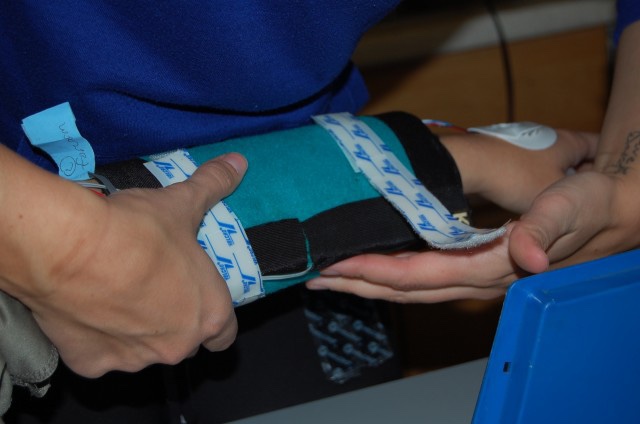
“Our previous research has shown that warming the forearm increases hand and finger temperatures significantly,” Castellani said. “The result is that Soldiers can have improved hand dexterity.”
His team is also conducting a Defense Health Program-funded effort this year to examine the effect of a cocoa-based flavanol supplement in cold conditions. Studies have shown that flavanol, a nutrient often found in cocoa beans and tea leaves, can help improve blood flow. The researchers are now testing if taking this supplement could increase blood flow to the hands and fingers, improving hand dexterity in the cold.
The researchers will be testing other methods of hand-warming in future studies, including one on occlusion training and another on cold-weather habituation. Occlusion training is typically used in bodybuilding. It involves intermittently restricting blood flow in the arm and allowing it to flow again every five minutes. According to Castellani, recent studies have shown that this method may increase normal blood flow. His team will be investigating whether this method can be used to improve hand function in the cold. The research study is being proposed for the fiscal year 2022.
He added that USARIEM’s cold habituation study will be learning how people’s bodies get used to the cold over time. It is unknown how this change occurs in our bodies.
“We’re trying to understand what changes happen in your skin and underlying tissue that help you adapt to a cold environment after you have been exposed to it for a while,” Castellani said. “This will help us develop novel countermeasures that will improve thermal toughness.”
Approximately 11,600 Soldiers serve at Fort Wainwright and Joint Base Elmendorf-Richardson under the command of U.S. Army Alaska. While there are no current plans to station more Soldiers in Alaska, a decision on that could occur within a year.
As an increasing number of Soldiers pour into the Arctic, it’s important that Army scientists ensure that Soldiers will have the biomedical solutions needed to fight and win in the frigid temperatures. According to Friedl, USARIEM is up for the task.
“It has been said that Soldiers who successfully perform in the Arctic can function in any other environment in the world,” Friedl said. “USARIEM has been the U.S. Department of Defense leader in cold physiology research for over 50 years. This research improves our understanding of what Soldiers need to be resilient in these environmental extremes.”
By Mallory Roussel



